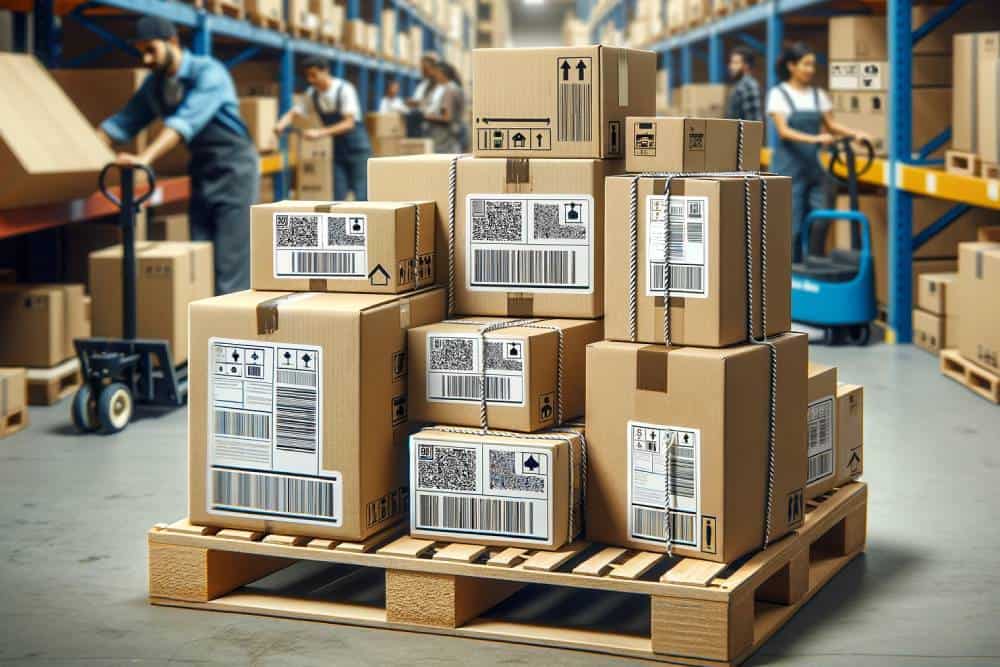ReviewsBlogContact
Start Your Project

If you've been around Amazon for any length of time you'll have heard both Seller Central & Vendor central being discussed, you may even have been approached by an Amazon buyer to encourage you to switch from Seller to Vendor, likewise, you may be using Vendor currently and want to take back control of your products and move towards the Seller Central option, but which is best for you and which should you choose? Read on...
There are numerous differences between Vendor Central and Seller Central, but the one of primary consideration is WHO exactly is selling your products.
With Seller Central, it is you, directly, that is selling the products to the end consumer, with Vendor Central, it is Amazon that is selling your products to the end consumer after buying them from you to retail.
Seems straight forward, but there are many more differences between the two and it's important to fully understand the potential benefits and disadvantages of each.
Amazon Seller Central is the web portal e used by retailers and brands to list and sell their products directly to the end consumer browsing the Amazon platform. If you have a Seller Central account, you’re referred to and considered by Amazon as a third-party / marketplace seller.
As a marketplace seller, you have two options for fulfilling the orders you receive. You can handle the packaging, shipping, customer service and returns for your orders yourself (FBM - Fulfilled By Merchant) or you can enroll into the Amazon FBA (Fulfilled by Amazon) program and allow Amazon to handle all of this for you.
Some brands will use Seller Central and Brand Registry to control the listings of products they haven't put forward to be sold via Vendor Central.
Amazon Vendor Central is the web portal used by manufacturers and distributors. If you sell your products via Vendor Central, you’re called a first-party seller. You’re essentially treating Amazon as any other wholesale customer and supplying your products in bulk to them to retail. You have to be invited by Amazon to join the Vendor Central program.
If you see a product being listed as “ships from and sold by Amazon.com.” this is a good indicator that the product is being sold via Vendor Central.
Having your products shown as being 'sold by Amazon' can give consumers a confidence as they have a seal of approval of the product from Amazon, this is something that you don't get when listing as a third-party seller.
Amazon Marketing Services (AMS) gives you a powerful tool with lots of options for getting your products in front of shoppers. AMS allows vendors to drive demand with keyword-targeted ad campaigns designed to increase traffic to Amazon product pages. While both sellers and vendors have access to AMS, Vendor Central users have more robust options when it comes to running AMS ad campaigns.
The process of “doing business” with Amazon is simpler through Vendor Central than through Seller Central. As a vendor, your primary focus is on filling purchase orders, billing, and avoiding chargebacks. As a seller, especially utilizing FBA, you will be responsible for sales reconciliation, lost inventory, and tax. That said, the vendor model requires you to operate within Amazon's strict guidelines, as non-compliance can lead to disruptions in your relationship with the platform. Ensuring transparency and adhering to these standards is crucial, especially since issues with performance or policy violations could result in account suspension or worse. For those struggling to understand what happens in such cases, there are resources available online where Amazon vendor termination explained scenarios provide guidance on the potential causes and solutions.
If you’re selling through Vendor Central Amazon offers vendor the option to create enhanced content via Amazon A+ Detail Pages. You also have the ability to participate in promotional programs such as Subscribe & Save (Amazon’s subscription service) and Amazon Vine, in which your product is sent to top reviewers before it ever hits the shelves. Consumers value what other consumers have to say far more than they do advertisements, so user-generated content can translate into a sales boost.
Amazon does not strictly follow the Minimum Advertised Pricing (MAP) guidelines from manufacturers. Amazon can and will adjust retail pricing at any time based on internal data.
Amazon has very specific and rigid guidelines for filling their purchase orders. Vendors that struggle with maintaining stock and/or quickly fulfilling orders open themselves up to significant chargebacks.
As a seller, you have access to Amazon customer data that can be used for a multiple of purposes and Amazon provides you with significant amounts of data. While you're not allowed to use this data for remarketing, that data can be used to better understand who is buying which products and where.
As the seller, you have the ability to control retail pricing so you are able to maintain established retail pricing for other channel partners. You are also able to automatically match your competitor’s pricing to stay competitive.
Often, manufacturers discover that their retail partners and/or unknown 3rd Party sellers list and sell bundles or older versions of their products without consent. Typically these listings have limited content and images. The only way to control these unauthorized listings is through a Seller Central account that has been enrolled in Amazon’s brand registry program giving you the ability to act as 'parent' and control the listing imagery and content.
Often times the shipping and/or fulfillment costs limit your ability to sell low-priced items on Amazon. On top of Amazon's commissions there are also a number of fees applicable for FBA products.
Studies have shown that items that “Ships from and sold by Amazon.com” outsell products offered via FBA or “Shipped and Sold by 3P Seller” Also if other third party sellers were to list and sell against you via FBA, a significant percentage of total sales would be lost to those sellers. This is especially critical if you are attempting to use Amazon’s Sponsored Product Ad Tool. Your ads will only appear if you are the seller in the buy box.
